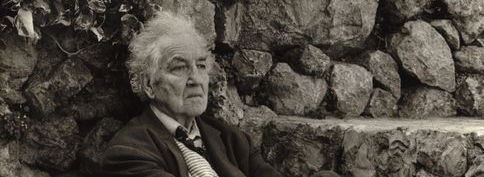Robert Graves
Robert Graves and the White Goddess
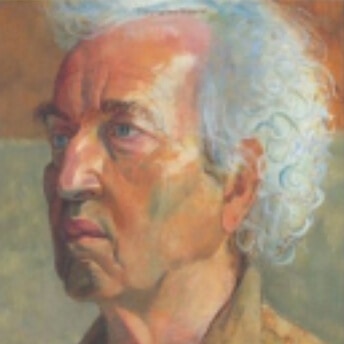
Robert Graves and the White Goddess
This is an entrancing lecture, full of myth and magic. From it we learn not only how Robert Graves came to write The White Goddess (probably his most enduring work), but also about the message which he was trying to convey about what it is to be a romantic poet.
Robert Graves at Oxford
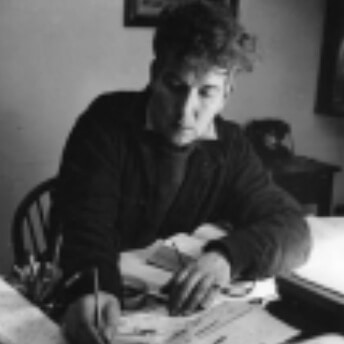
Robert Graves at Oxford
Robert Graves first visited Oxford in 1913 as an eighteen-year-old schoolboy trying for a Classical Scholarship or Exhibition - he was awarded an Exhibition by St. John's - and he last visited Oxford in the summer of 1975 as an old man of 80 for the official opening of a 'Robert Graves room' at his old College. In between times, he had spent part of 1917 in a military hospital in Somerville College; gone up to St. John's immediately after the First World War to read first Classics and then English; and returned in 1961 for a five-year stint as Professor of Poetry. This lecture is a fascinating miscellany of incidents, which also serves as an idiosyncratic introduction to Robert Graves's life and work.
Robert Graves, Wilfred Owen and Siegfried Sassoon
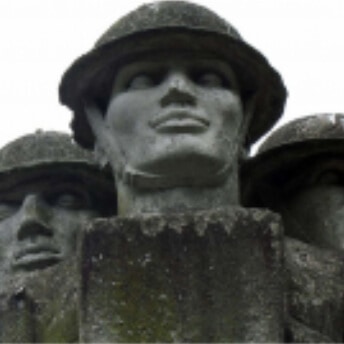
Robert Graves, Wilfred Owen and Siegfried Sassoon
In this lecture we hear about that curious series of First World War friendships which involved Robert Graves, Siegfried Sassoon and Wilfred Owen.
The Menage-a-Trois which Failed
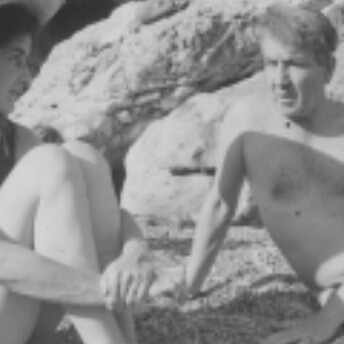
The Menage-a-Trois which Failed
In this lecture we are introduced to the extraordinary story of the relationship between the poet Robert Graves, his wife Nancy Nicholson, and Laura Riding, the brilliant and seductive American poet who became Robert's muse. The tangled emotional threads are drawn out surely and tastefully, and the story ends up elevating the audience.

